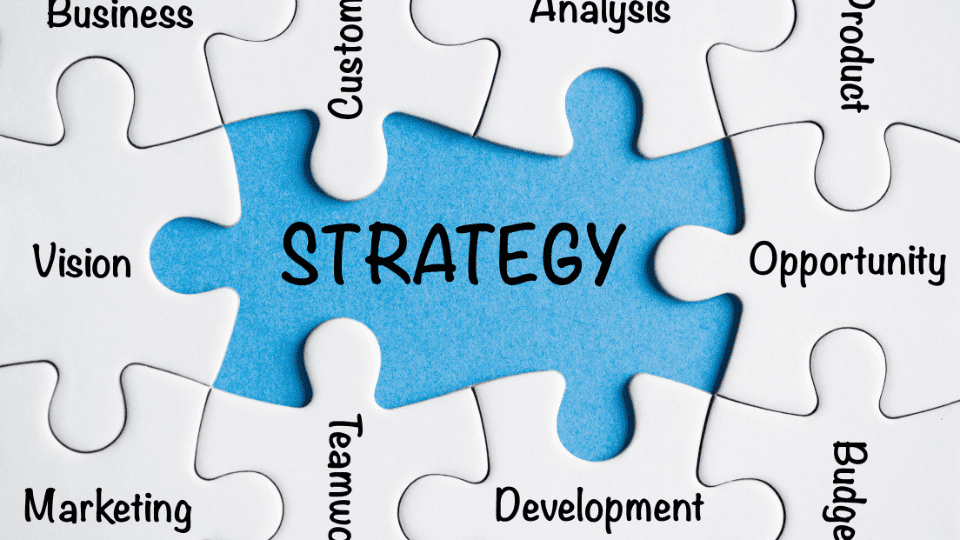Sustainable marketing represents a forward-thinking marketing approach, focusing not just on the environmental impact of business activities but also on long-term social responsibility and economic sustainability. While “green marketing” is often used interchangeably with sustainable marketing, they differ in scope. Green marketing focuses exclusively on the environmental benefits of a product, whereas sustainable marketing considers the entire lifecycle, social impact, and future viability of the product or service. This strategy integrates environmental and social concerns into business practices and promotes these efforts to consumers as part of the brand’s value proposition.
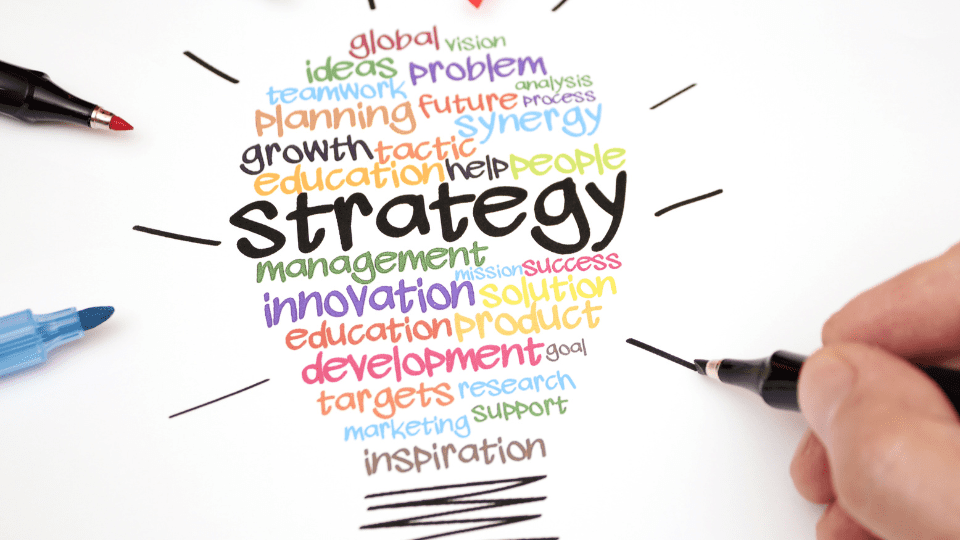
The Pillars of Sustainable Marketing
Sustainable marketing strategies are founded on three core principles:
- Economic Sustainability: The approach must support a business’s profitability while considering the economic implications for all stakeholders, including suppliers, employees, and local communities.
- Environmental Sustainability: This involves minimizing the environmental footprint by considering the full product lifecycle, from raw material extraction to disposal or recycling.
- Social Sustainability: This principle emphasizes fair labor practices, equitable value distribution, and improving the quality of life for all stakeholders, including employees, customers, and communities.
Businesses that adopt sustainable marketing principles are increasingly viewed as leaders in innovation, gaining consumer trust, and solidifying long-term success.
Sustainable Marketing in Practice: Leading Examples
1. Patagonia: A Legacy of Environmental Activism
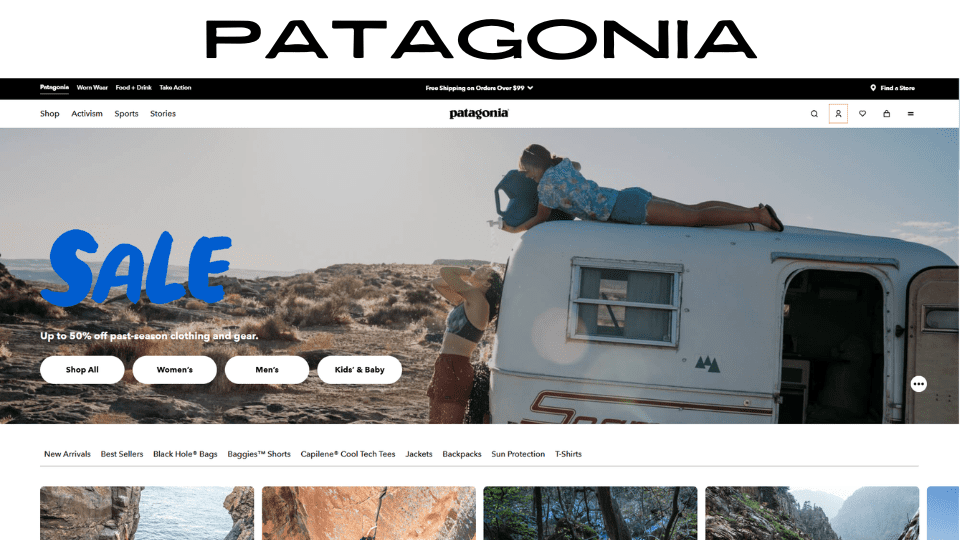
Patagonia remains a cornerstone of sustainable marketing, with its commitment to environmental causes ingrained in its corporate identity. The brand’s campaigns, such as “Don’t Buy This Jacket,” directly challenge the traditional consumerism narrative, encouraging customers to buy only what they need. Patagonia’s sustainable practices extend from using recycled materials to supporting grassroots environmental initiatives worldwide. Their success shows that sustainability can be a powerful differentiator, helping to build a loyal customer base that values ethical practices.
2. IKEA: Making Sustainability Affordable

IKEA integrates sustainability into its core business strategy, promoting affordable, eco-friendly products and solutions. The company’s circular business model prioritizes the use of renewable materials, extending the lifespan of products, and ensuring that they can be recycled at the end of their life cycle. IKEA’s “People & Planet Positive” initiative seeks to make sustainable living accessible to a broad audience by integrating it into their everyday product offerings. By demonstrating that sustainability and affordability are not mutually exclusive, IKEA continues to set an industry standard.
3. TOMS: The Evolution from Social to Environmental Impact

TOMS Shoes, initially recognized for its “One for One” giving model, has shifted its focus towards environmental sustainability with its Earthwise™ collection. These shoes are made from eco-friendly materials, emphasizing the brand’s commitment to sustainability. Furthermore, TOMS encourages customers to recycle their old products through partnerships with organizations like ThredUP, which helps reduce waste and promote circular economy practices. TOMS leverages social media to communicate these sustainable efforts, thereby engaging a broader audience and reinforcing its brand identity as a leader in corporate responsibility.
4. Interface: Pioneering Carbon-Negative Products

Interface is a global leader in sustainable manufacturing, especially in the commercial flooring industry. Since 1994, Interface has championed environmental responsibility, focusing on creating carbon-negative carpets that significantly reduce their environmental impact. The company employs innovative techniques, such as using recycled materials and minimizing energy consumption during production, to offer products that are both durable and sustainable. Interface’s commitment to sustainability extends beyond individual products to broader industry advocacy, promoting system-wide change and environmental innovation.
5. Burt’s Bees: Naturally Driven Beauty

Burt’s Bees has built its brand on the foundation of sustainability and natural ingredients. The company’s entire product line, from lip balms to lotions, emphasizes minimal environmental impact through responsible sourcing, recycled packaging, and landfill-free operations. Burt’s Bees also avoids animal testing and champions sustainable business practices across its supply chain. This commitment to sustainability is not only central to the brand’s identity but also serves as a key marketing point that resonates with environmentally conscious consumers.
6. Coca-Cola’s PlantBottle Initiative

Coca-Cola, one of the world’s largest beverage companies, has committed to reducing its environmental footprint through its PlantBottle packaging. This innovative packaging is made from up to 30% plant-based materials and is 100% recyclable, including the cap and label. Coca-Cola’s broader sustainability goals include collecting and recycling the equivalent of every bottle sold by 2030, eliminating waste from packaging, and ensuring that 50% of its packaging materials come from recycled content. Coca-Cola’s sustainability efforts highlight the importance of large corporations taking meaningful steps to reduce their environmental impact.
7. Starbucks: Sustainability Through Innovation
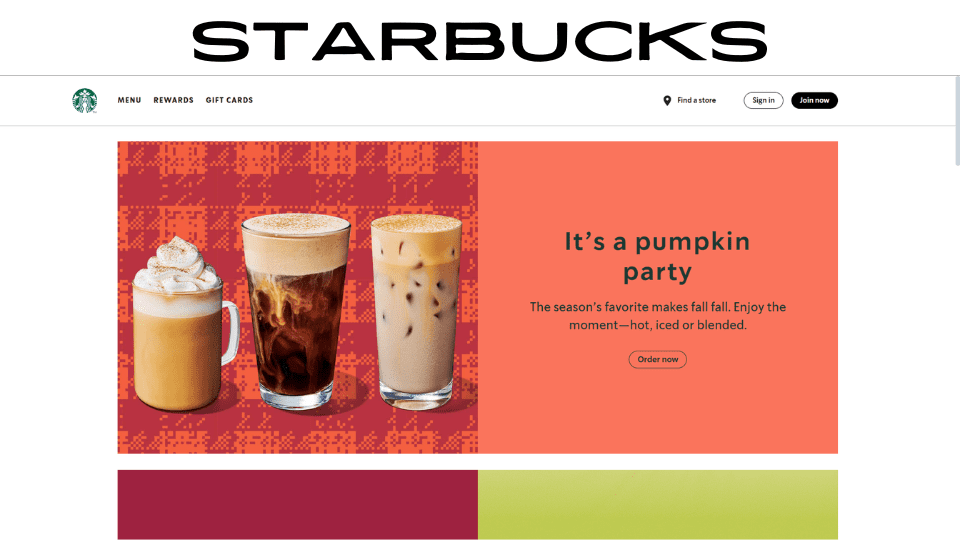
Starbucks is actively pursuing sustainability through initiatives such as eliminating single-use cups, increasing the availability of plant-based menu options, and reducing its carbon footprint. The company’s long-term goals include achieving a resource-positive future, where it gives more than it takes from the planet. Starbucks engages with customers on sustainability through transparent communication and innovative programs like reusable cup incentives. These efforts position Starbucks as a leader in integrating sustainability into its global business model.
8. Lacoste: Raising Awareness for Endangered Species
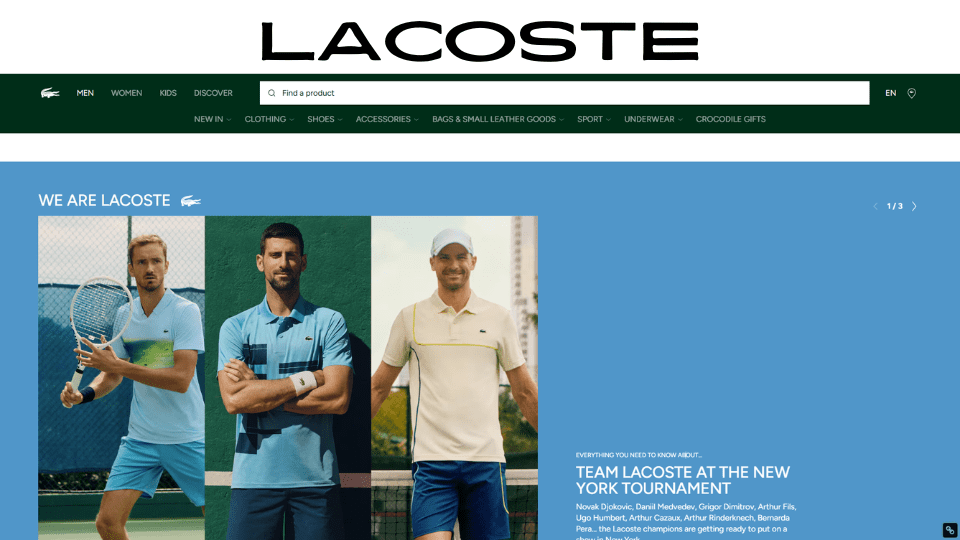
Lacoste’s creative approach to sustainability involved temporarily replacing its iconic crocodile logo with endangered species to raise awareness about biodiversity loss. This campaign not only brought attention to critical environmental issues but also aligned the brand with sustainability in the eyes of consumers. By taking such a bold and visible stance, Lacoste demonstrated that even luxury brands can play a significant role in environmental advocacy.
Implementing a Successful Sustainable Marketing Strategy
To execute a successful sustainable marketing campaign, businesses must integrate sustainability into the core of their brand identity and operations. Here’s a structured approach:
- Develop a Clear and Authentic Message: Your sustainability story should be compelling and rooted in real, measurable initiatives. Transparency is crucial, as consumers are increasingly able to discern between genuine efforts and “greenwashing.”
- Engage Your Audience: Sustainable marketing is most effective when it resonates with your target audience’s values. Leverage multiple channels, including social media, to communicate your sustainability efforts and invite customers to participate in the journey.
- Measure and Report Progress: Consistent reporting on sustainability goals not only builds credibility but also provides a roadmap for continuous improvement. Brands should regularly update consumers on their progress toward sustainability targets.
- Collaborate for Greater Impact: Partnerships with environmental organizations, like Patagonia’s alliances with grassroots movements, can amplify your impact and demonstrate your commitment to broader social and environmental causes.
Conclusion
Sustainable marketing is not merely a trend but a necessity for businesses that wish to remain competitive in a rapidly evolving marketplace. By adopting sustainable practices, brands can drive meaningful change, enhance their reputation, and connect with increasingly eco-conscious consumers. As the case studies of Patagonia, Interface, and other leading companies show, integrating sustainability into marketing strategies can lead to long-term success and positive environmental and social impact.
Also read: 6 Common Marketing Mistakes

